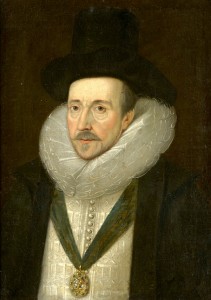 Murder, political betrayal, royal intrigue... The life of Henry Howard, Earl of Northampton, had it all. He was a survivor in a dangerous world, navigating the courts of Elizabeth I and James I, escaping imprisonment five times, and playing a shadowy role in one of the most scandalous murder cases of the 17th century.
Murder, political betrayal, royal intrigue... The life of Henry Howard, Earl of Northampton, had it all. He was a survivor in a dangerous world, navigating the courts of Elizabeth I and James I, escaping imprisonment five times, and playing a shadowy role in one of the most scandalous murder cases of the 17th century.
But who was he? And how did he go from being a suspected traitor to one of the most powerful men in England? Stick around as we uncover the secrets of this Tudor earl—his rise, his rivalries, and his connection to a deadly conspiracy...
Birthday boy Henry Howard was born into one of England’s most prestigious families on 24th February 1540. But that didn’t mean his life was destined to be easy… because his family was already marked by treason.
His father? None other than Henry Howard, Earl of Surrey—the poet and courtier executed by Henry VIII in 1547 for alleged treason. His brother? Thomas Howard, 4th Duke of Norfolk—executed by Elizabeth I for plotting to marry Mary, Queen of Scots. With this kind of family history, you’d think Henry would learn to stay away from treasonous schemes... but you’d be wrong.
Under Elizabeth I, Henry Howard walked a dangerous tightrope. Raised Protestant but heavily influenced by Catholic teachings, he found himself in the queen’s bad books more than once. His brother’s involvement in plots against Elizabeth meant guilt by association, and Henry was imprisoned five separate times.
But Henry wasn’t just a man of faith—he was a man of strategy. Instead of openly opposing the queen, he aligned himself with the right people at the right time. And that’s how he survived.
By the late 1590s, Henry made his smartest move yet—he aligned himself with Robert Cecil, one of Elizabeth’s most trusted advisors. When Cecil began secret negotiations with James VI of Scotland about succeeding Elizabeth, Henry became a key messenger, delivering letters to the Scottish king.
And it paid off—when Elizabeth died in 1603, James rewarded Henry with titles, power, and influence. He was made a privy councillor, Lord Privy Seal, and even an earl. For the first time in his life, Henry Howard was at the top of the political game.
But that power came with a dark side...
Henry Howard’s greatest scandal came in 1613—a case of love, power, and cold-blooded murder.At the heart of it all? A forbidden love affair between Henry’s niece, Frances Howard, and James I’s favoured courtier, Sir Robert Carr. There was just one problem—Frances was already married. To get out of her unwanted marriage, she sought a divorce, but one man stood in her way: Sir Thomas Overbury.
Overbury was Carr’s close friend and former mentor, and he hated Frances. He did everything he could to stop the marriage, even insulting Frances publicly. Henry Howard saw this as a threat to his family’s ambitions, and what followed was a sinister conspiracy.
Henry plotted against Overbury, persuading King James to send him to Russia as an ambassador, knowing full well that he’d refuse the post. The angry king threw Overbury into the Tower of London, where he was slowly poisoned to death with jellies and tarts containing arsenic and other nasty ingredients. Howard’s niece, Frances, being behind it.
With Overbury out of the way, Frances got her divorce and married Carr in December 1613.The truth came out in 1615, after Henry’s death. Four people - the Lieutenant of the Tower, a gaoler, a waiting woman and an apothecary – were hanged for the murder, and both Frances and Carr were sentenced to death, but in a twist of fate, James I pardoned them and they were eventually released.
But what about Henry Howard? Well, he’d died just in time… avoiding the scandal that could have ruined him.
Henry Howard, Earl of Northampton, died in June 1614, escaping punishment for his role in Overbury’s murder. Unlike his father and brother, he was never executed for treason. Instead, he died one of the most powerful men in England, a master of political survival.
But his name would forever be linked to one of the most shocking murder plots of the 17th century.

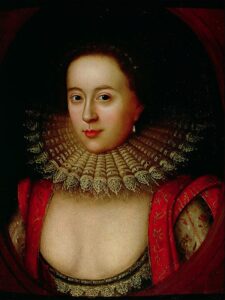
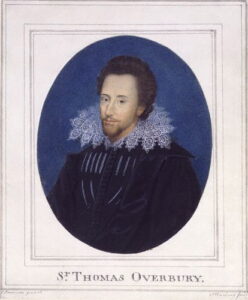
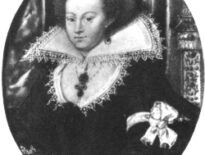
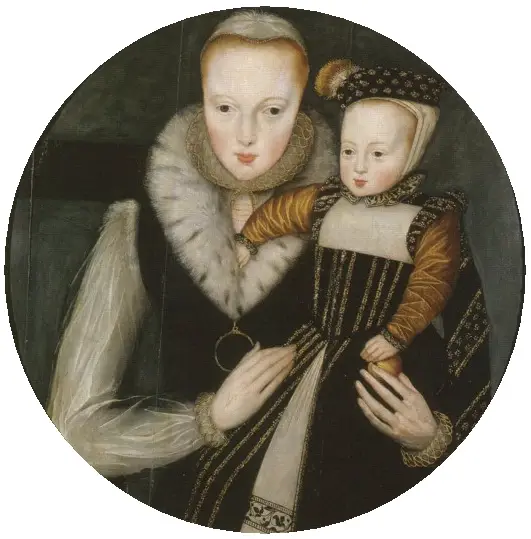
Leave a Reply